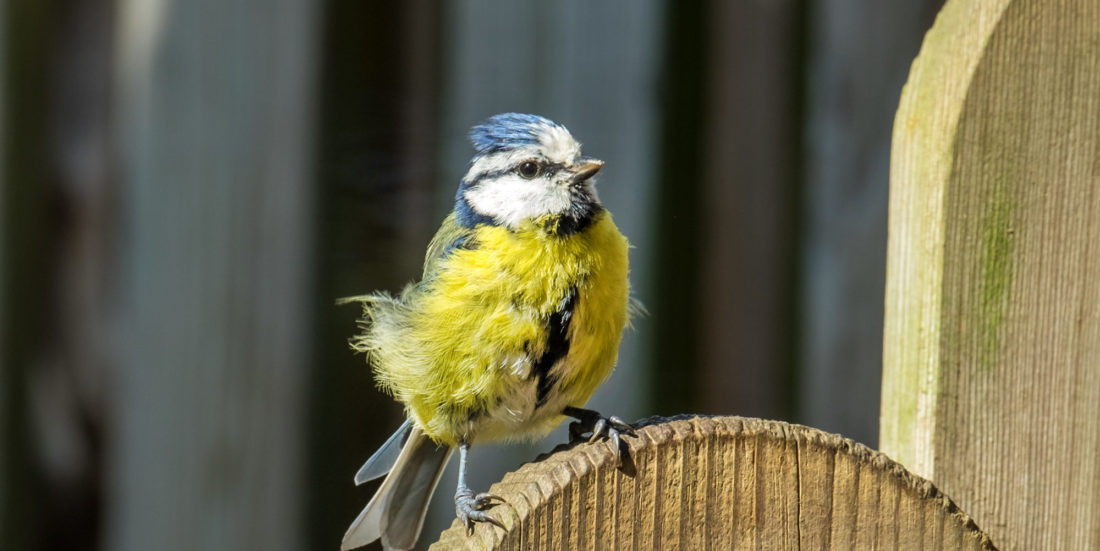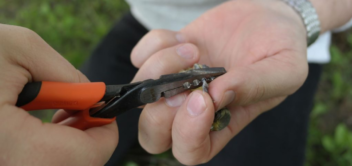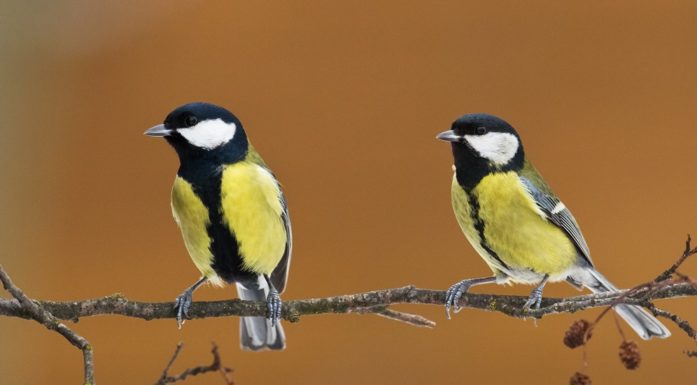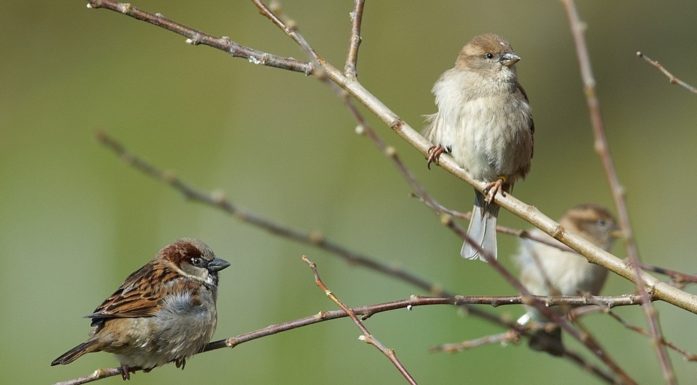Stress in the nest can have lifelong effect
Why do some sparrows hatch six chicks while others don’t hatch any? How does upbringing affect the remainder of their lives? Physiological stress in the nest can actually affect birds’ DNA and possibly their lifespan.
TELOMERE: On average, a mere 10 to 20 per cent of sparrow nestlings survive until the next breeding season. But the survival rate varies between different parents, according to Thomas Kvalnes and Michael Pepke Pedersen at NTNU’s Centre for Biodiversity Dynamics (CBD). 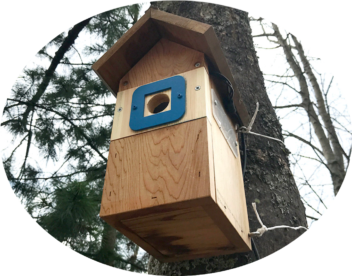
In order to learn more about this variation, they’re studying birds by banding them.
Good conditions in NTNU birdhouse
At NTNU Gløshaugen in Trondheim, Kvalnes and Pedersen have been following a pair of Eurasian blue tits, which eventually laid ten eggs and were incubated for two weeks. Then the real work started for the parents. No fewer than nine chicks hatched and they all wanted to eat – at the same time.
The blue tit chicks – which are part of the sparrow family – grew enormously fast during the nesting period, growing from less than one gram at hatching to 10 to 12 grams at around 15 days old. This requires a lot of food. The parents in the NTNU birdhouse seem to have access to good nutrition, because all nine young were alive and growing normally when they were 12 days old.
Banding for research
By the age of 12 days, the young had a lot of feathers and were able to regulate their body temperature well. They were also small enough not to get scared and fly out when the lid on the birdhouse was opened. This is important to think about when banding chicks, because the bands must not adversely affect the birds.
The researchers banded all nine baby birds with metal rings, each having a unique identity number. This allows researchers to recognize the individuals later and to follow their development throughout their lives.
Banding is a widely used method by researchers at the NTNU’s Centre for Biodiversity Dynamics.
How does upbringing affect the rest of a bird’s life?
New research suggests that the first days and weeks have a big impact on how the rest of a bird’s life unfolds. In some clutches, the young get a lot of food and grow fast, whereas in others the chicks face tougher competition or the nest is more exposed to the weather. However, conditions in the nest can actually leave a genetic impression in the birds, more specifically on the ends of the chromosomes that make up the DNA.
The telomeres (from Greek, meaning “end pieces”) that protect the DNA from breaking down are found here, say Kvalnes and Pedersen.
“Each time a cell divides, the DNA must be copied, but the entire DNA sequence cannot be copied, and that impacts the telomere structures, which get shorter after each copying. At the same time, the telomeres wear down if exposed to oxidative or physiological stress, the researchers say.
Molecular thread of fate?
When the telomeres become too short, cell function may become impaired and the entire organism may be affected by age-related illnesses. Some studies have shown that birds’ telomere length can predict how long they will live – a bit like the thread of fate that is clipped by the Norns in Norse mythology and decides the length of human lives.
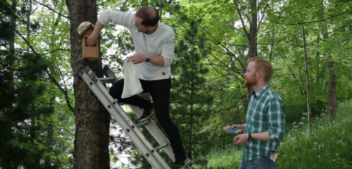
Bird biologists Thomas Kvalnes and Håkon Holand check the blue tits in NTNU’s birdhouse. Photo: Michael Pepke Pedersen
The most rapid shortening of the telomeres in life occurs when the young chicks grow fast. At CBD, researchers are investigating the connection between sparrow telomeres and their life stories. The researchers follow them from their time in the nest until they become parents themselves – and perhaps grandparents – until their death.
Telomeres in birds and humans
Much of our understanding of telomeres comes from studies of animals in captivity or laboratories, but there’s a lot we don’t know about how these fundamental physiological processes work in typical natural circumstances. CBD researchers hope to help answer these questions.
“The telomeres in birds are identical to those found in humans and all other vertebrates, and they speak to our common origin. In fact, telomere mechanisms exist in all organisms except simple bacteria and archaea. So it’s conceivable that we’ll be able to transfer our knowledge of telomere dynamics in birds to many other organisms,” the researchers say.
The latest research article on the CBD’s house sparrow research is:
Holand, H., Kvalnes, T., Gamelon, M. et al. Spatial variation in senescence rates in a bird metapopulation. Oecologia (2016) 181: 865. doi:10.1007/s00442-016-3615-4
